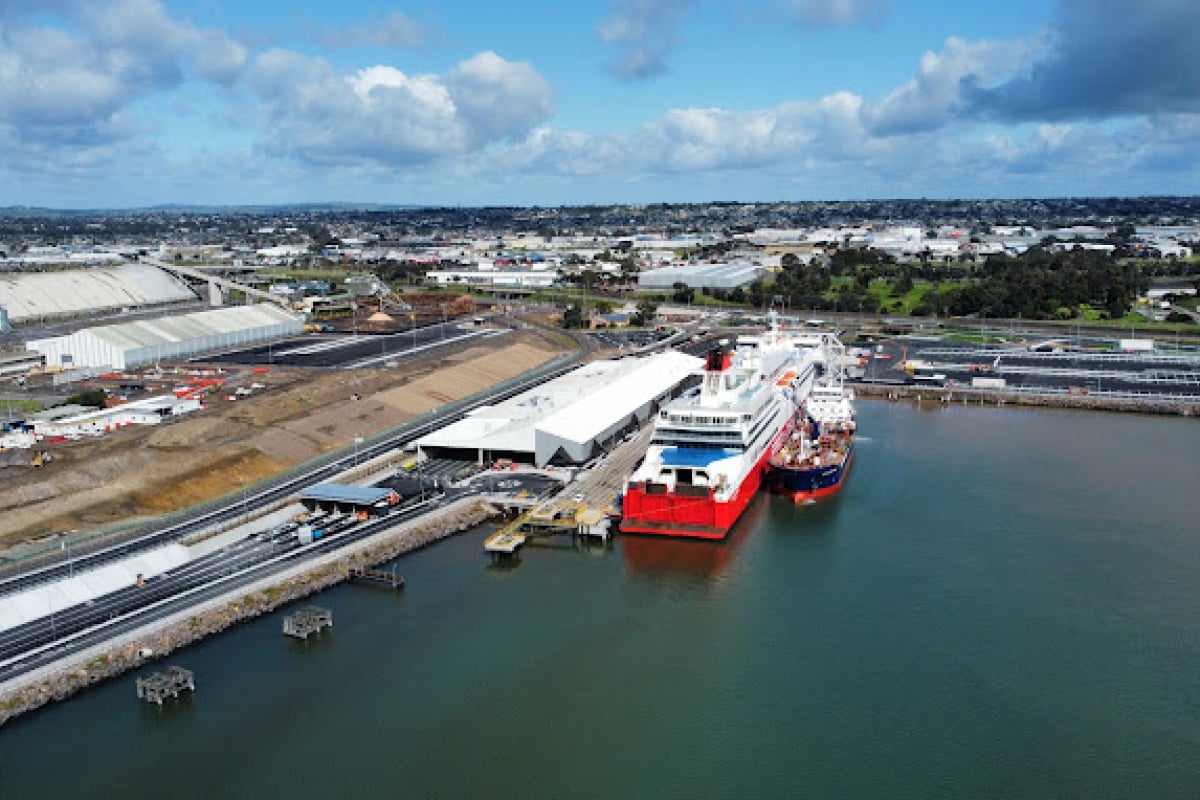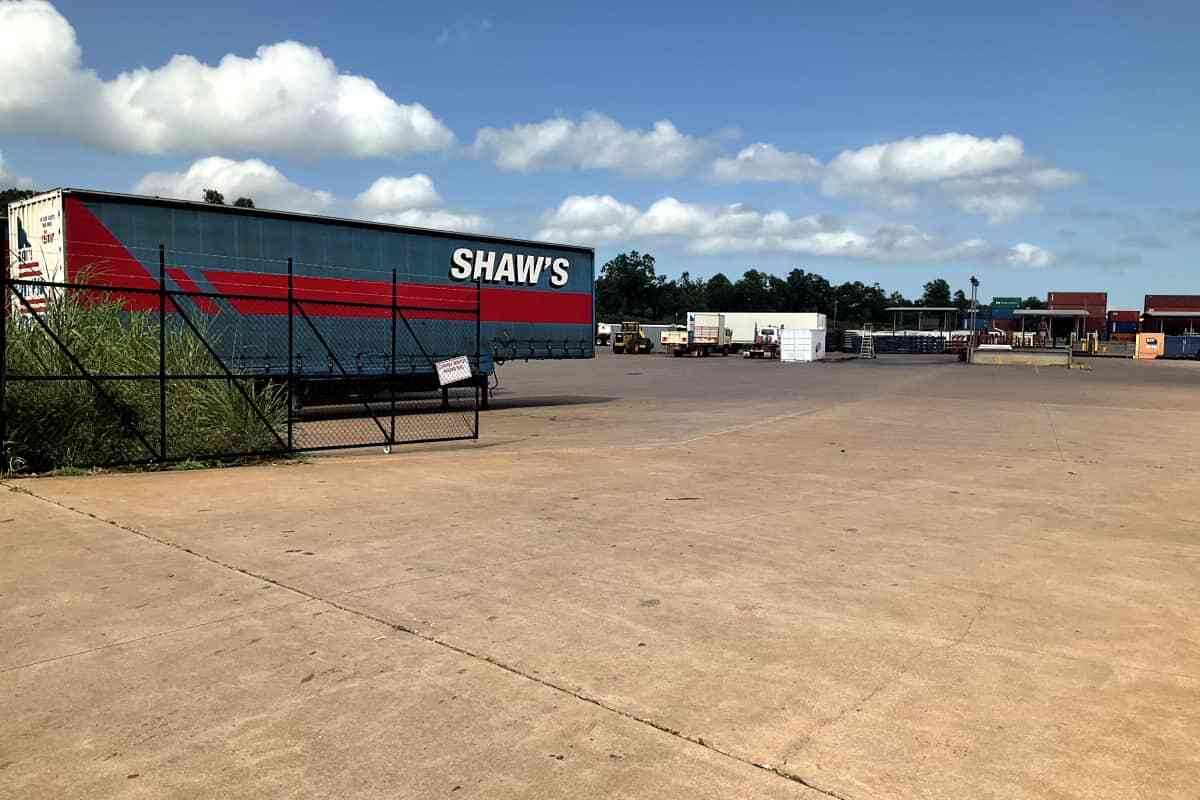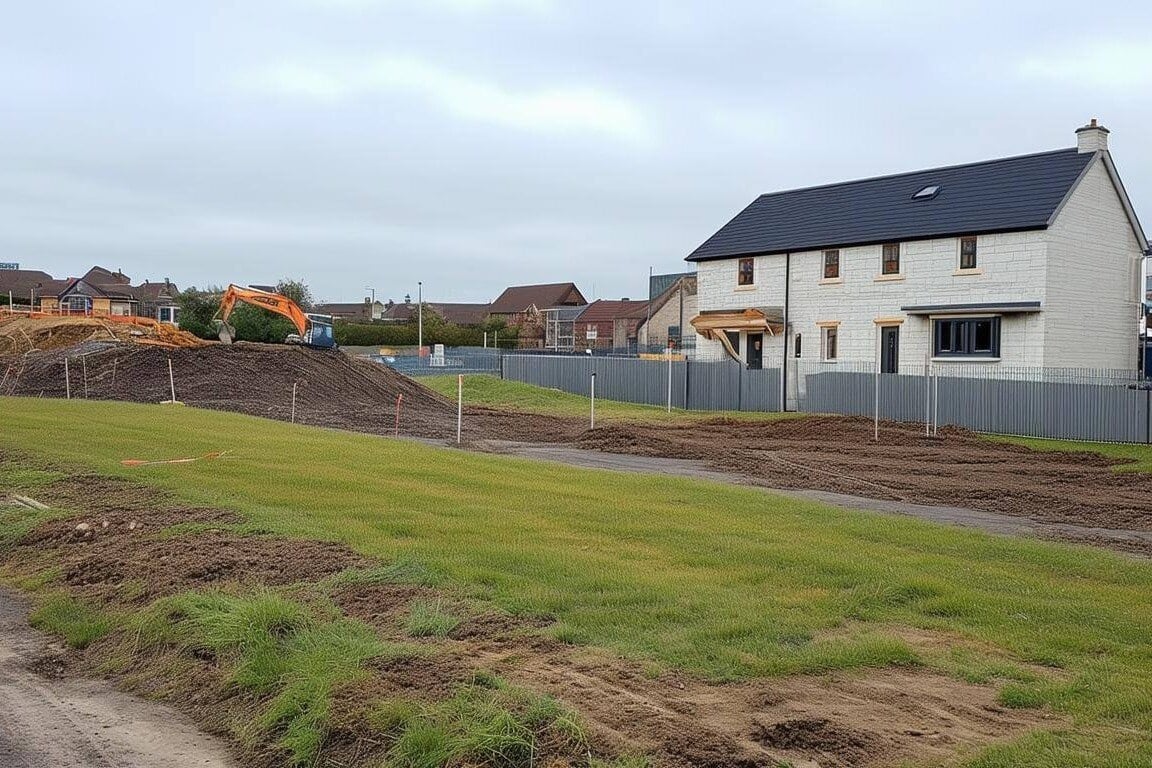Expert insights on environmental compliance & risk management
Gain valuable insights from industry experts on how to navigate compliance with environmental regulations and effectively manage environmental risks.
Stay informed with expert insights on environmental compliance, risk management, and industry trends.
Case studies & project highlights
Spirit of Tasmania - Corio Quay Terminal
Sub-contractor to the Principal Environmental Contractor on the project. Provided environmental construction management advice, including preparation of construction environmental management plans, engagement with regulators and authorities, site based compliance and incident management.

Other notable projects

Product Stewardship Australia Compliance / Accreditation Inspections
Project works involved working with the clients to prepare portfolio inspection and compliance programs across Australia for adherence to environmental and health and safety regulations across different legal jurisdictions.

Large Chemical Manufacturing RMMP Preparation
Assisting a large scale manufacturing client to develop a Risk Management and Monitoring Program in response to a regulatory notice requirement from EPA Victoria.
Works included engagement with EPA Victoria, document review and plan preparation and assistance with implementation.

Multiple Landfill Buffer Zone Driven Landfill Gas Risk Assessment
Assisting many different clients from planning consultant and architects through to owner/developers to prepare and meet planning conditions related to landfill gas.
Undertaking landfill gas risk assessment's across multiple local council jurisdictions including but not limited to Maribyrnong City Council, Monash City Council, Mornington Peninsula Shire Council. and Brimbank City Council.
"Wonderful, professional and extremely informative service."
Esther Stewart
"Magic, magic happen for FATMA SA"
Anthony Bowman
Guide and fact sheets
RMMP Fact Sheet
Did you know that all EPA Victoria license holders must have a Risk Management and Monitoring Program (RMMP)?
DownloadPlanning for Potentially Contaminated Land
A summary guide for planners, proponents and applicants.
DownloadProperty Services
Helping architects, planning consultants and owners manage environmental obligations.
DownloadFrequently asked questions (FAQ)
Got questions? We’ve got answers. Browse our FAQs to get the clarity you need for your next project.
Why do I need an environmental compliance consultant?
If your business must ensure compliance with environmental regulations, a consultant helps navigate legal requirements, manage risks, and streamline compliance processes.
What industries do you work with?
We support property developers, construction firms, manufacturing sites, and industrial businesses with tailored environmental compliance solutions.
How do your automated services improve compliance?
We use AI-driven workflows through industry specific automation and DataNest environmental data management software to deliver cost-effective, efficient, and accurate compliance reporting.
